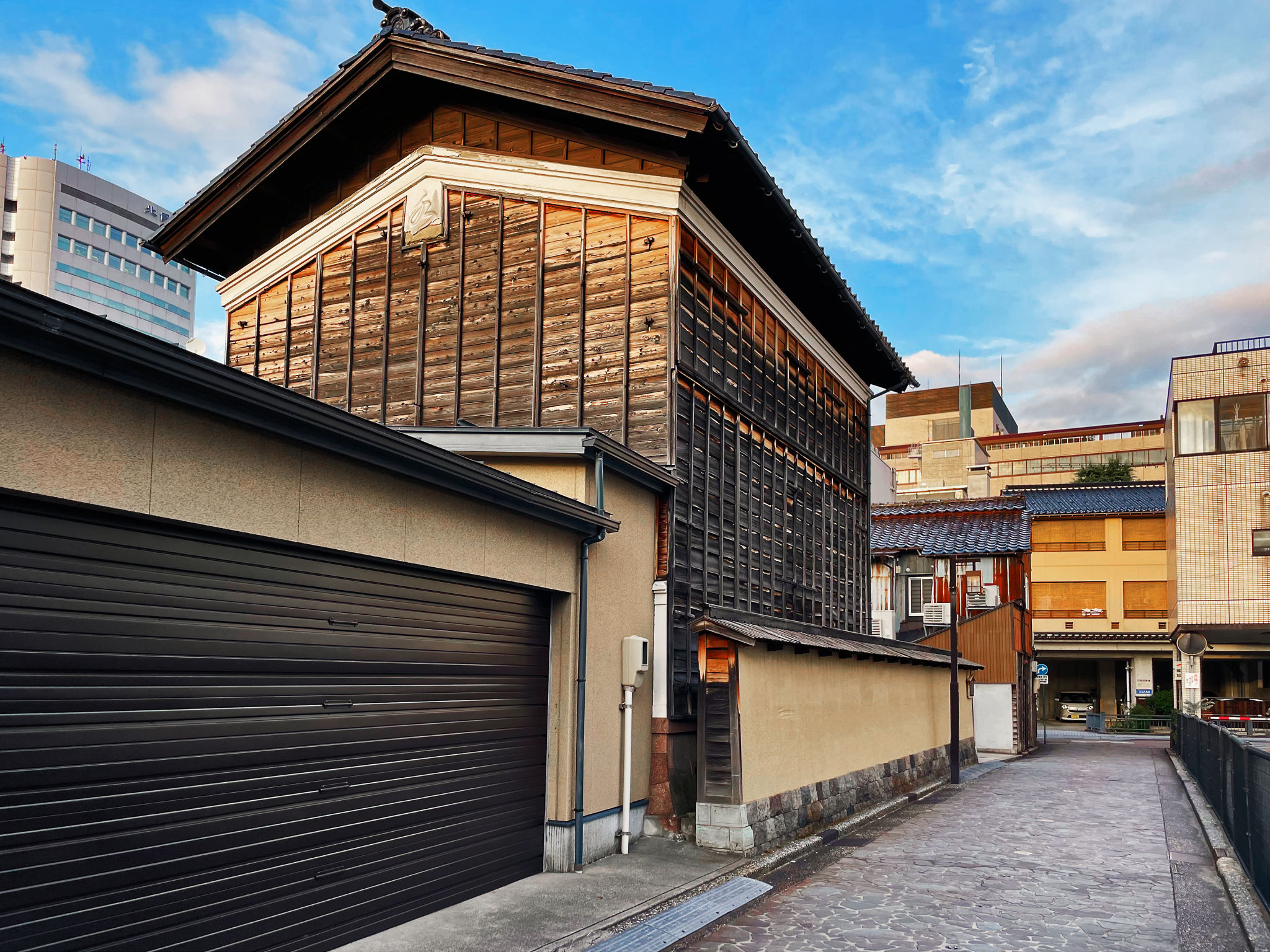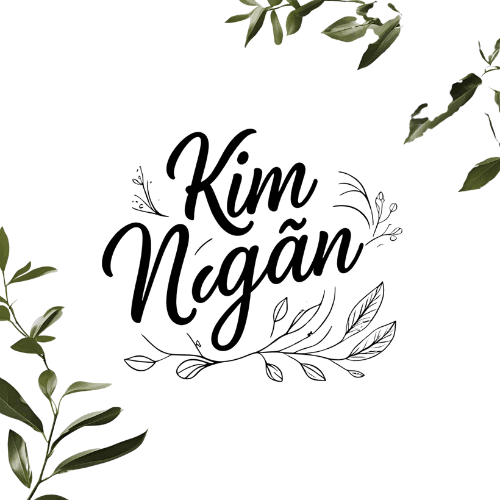Kanazawa – Where Time Strolls in a Kimono
Kanazawa – Where Time Strolls in a Kimono
Japan Travel Series – by Kim Ngân
If Kyoto is a well-composed haiku, then Kanazawa is a brushstroke paused mid-air — elegant, quiet, and full of meaning between the lines.
We didn’t come to Kanazawa for the castles or the samurai houses.
We came because someone once told us, “It’s a place where you can still hear the rustle of silk.”
And they were right.
A City That Moves at the Pace of Beauty
We arrived in early spring, when plum blossoms were just beginning to wake.
The air was cool, laced with rain and memory. Streets in the Higashi Chaya District glistened, as if they had just been polished by time itself.
Women in soft-colored kimono strolled silently past wooden teahouses.
No rush. Just grace.
Even the footsteps felt measured — like notes in a slow composition.
That morning, I paused to watch an elderly woman adjust the collar of her kimono by a wooden doorway.
The fabric shimmered softly in the light — not flashy, not loud — but with a dignity that made you want to lower your voice.
She bowed slightly, then disappeared into a side alley as if she had stepped back in time.
Stillness That Lives in the Details
We stayed in a machiya-style guesthouse, where sliding doors revealed light like a painting.
Breakfast was quiet: miso soup, pickled plum, rice steamed just right, and green tea that tasted like patience.
Each day, we walked without plan — letting Kanazawa show itself, one turn, one stone path, one bowl of gold leaf-topped ice cream at a time.
In the Kenroku-en Garden, we sat by a koi pond for nearly an hour.
Not because it was an attraction. But because stillness asked us to stay.

“There was a moment by the koi pond that reminded me of Da Lat — not in landscape, but in the way silence could hold you without effort.” → Da Lat – Where the Mist Knows Your Name
The Elegance of Slowing Down
Kanazawa taught me that elegance isn’t always visible.
Sometimes, it’s in the way things take their time:
The ink that dries slowly on calligraphy.
The way tea cools in your hand before it’s sipped.
The bow that lasts just a moment longer.
One afternoon, we joined a tea ceremony in a quiet room near the garden.
The tea was slightly bitter, the air smelled of tatami and incense, and the silence was so complete I could hear my own breath.
There was no conversation — only gestures, glances, and the soft click of porcelain.
And yet, I felt more present than I had in months.
Japan isn’t just about temples and trains.
It’s about the pause — the in-between — the part we often overlook.
Kanazawa gives you that pause, without asking anything in return.
And when we left, we didn’t feel like tourists leaving a city.
We felt like a page gently turned in a quiet story still unfolding.
